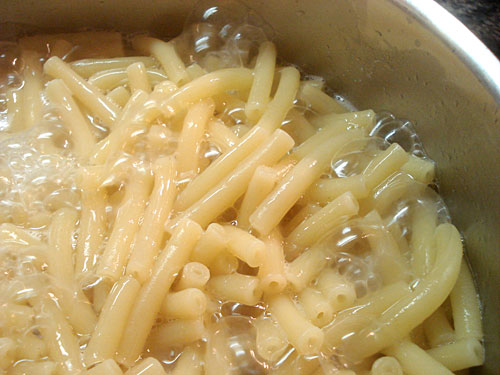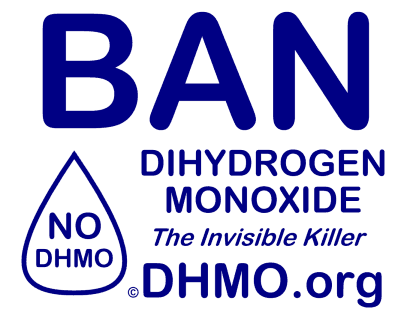
There are all
sorts of rumors surrounding brown eggs and white eggs. Some people say that brown eggs
are better for you and contain more nutrients; some people think brown eggs
taste better; some think that brown eggs taste better; some think that brown eggs
are better for cooking things like quiches, while white eggs
are better for baking cakes( or vice versa, depending on who you talk to).

In truth, brown or white , eggs are the same on the inside, with
one minor caveat which we’ll get to in a minute that has nothing to do with
whether the chicken is a brown egg layer or white. But besides that caveat, a brown egg
or a white egg
will give you the same amount of nutrition, they taste the same, and they are
equally delicious in quiches & cakes.
How the rumors started about brown eggs
being”better” is thought to be because they are often more expensive at
supermarkets. If something costs more, it has a better quality or better for
you, right? Not in this case( and not in many others either—increasing the
price of something, sometimes drastically, is an occasionally used marketing
trick to get people to think one product is better than a comparable cheaper
product. Sometimes that’s not true, but many it’s not.)

There is also a commonly told myth that brown eggs
taste better, and thats why they are more expensive. As noted, this white egg/
brown egg
taste difference is a myth. But the potential difference in taste from one egg
to another does lead us to our one caveat, though it isn’t anything to do with
the colour of the egg- rather, it has to do with the chicken’s diet. Many chickens
raised at home are brown- egg layers, while most of the chickens raised for
commercial use are white egg layers. The different diets affect the taste of
the eggs and even the colour of the yolk, similar to how diet can drastically
affect the taste of the meat of some animal.












